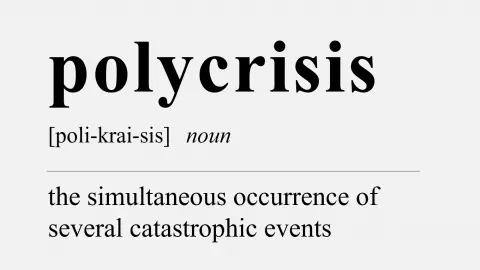FX: A stronger case for a weaker dollar
Fresh turmoil in the US banking sector is raising the chances of dollar underperformance in the latter part of the year, when we expect the Fed to cut rates by 100bp and US-eurozone divergence to drive EUR/USD to a 1.20 peak. However, some risks – including the US debt ceiling stalemate – can keep the dollar afloat in the short term
A month ago, we stated that the key challenge in the currency market was timing the dollar sell-off. A few weeks of stabilisation in the dollar suggest this is, indeed, still the case. And, while the Federal Reserve presumably reaching its peak and US inflation continuing its descent hardly came as a surprise, the last month provided – in our opinion – more evidence in support of a bearish dollar case in the second half of the year. The resurgence of stress in the US banking sector recently warned of a more deeply rooted crisis in the regional lenders' system. While the government and Fed are keeping it from becoming a full-fledged financial catastrophe, the ramifications for the whole economy are deepening.
A substantial tightening of credit conditions beyond the Fed rate hikes effect is now pointing at a sharp downturn in the US economy, and we forecast the Fed will respond with 100bp of cuts later this year. On the other side of the Atlantic, the ECB is not in a hurry to give up its hawkish stance, and while we only anticipate one more 25bp hike this year, rate cuts should not be expected until the second half of 2024.
The widening of the US-eurozone and Fed-ECB divergence in the latter part of this year and the start of next year led us to revise our EUR/USD forecast higher: we now expect a peak at 1.20 in 4Q23/1Q23, before a descent to 1.15 toward the back-end of 2024 as the ECB starts easing.
The short-term outlook is admittedly less of a clear-cut bearish story for the dollar. It is important to take positioning into account, and the dollar is markedly oversold against the euro. Incidentally, if US banking stress can hit the dollar via the rate cut channel in the longer run, it can also keep it afloat in the short term by hurting risk sentiment and increasing safe-haven demand. Should the US debt ceiling stalemate result in substantial turbulence in money markets, it can also lead to a dramatic increase in demand for dollars.
From a different perspective, these shorter-term dangers led us to restate our bullish call on the yen, which may also benefit from the Bank of Japan's surprise hawkish tilt this summer. Elsewhere, we now expect GBP/USD to break through 1.30 before the end of the year, although the euro’s outperformance over sterling (EUR/GBP to rise to 0.90) remains our base case.
Download
Download article
12 May 2023
ING Monthly: We’re in a polycrisis – and this is what it means This bundle contains {bundle_entries}{/bundle_entries} articlesThis publication has been prepared by ING solely for information purposes irrespective of a particular user's means, financial situation or investment objectives. The information does not constitute investment recommendation, and nor is it investment, legal or tax advice or an offer or solicitation to purchase or sell any financial instrument. Read more